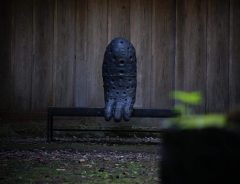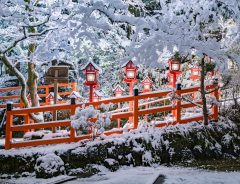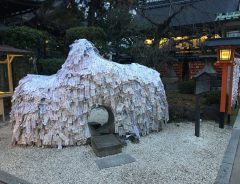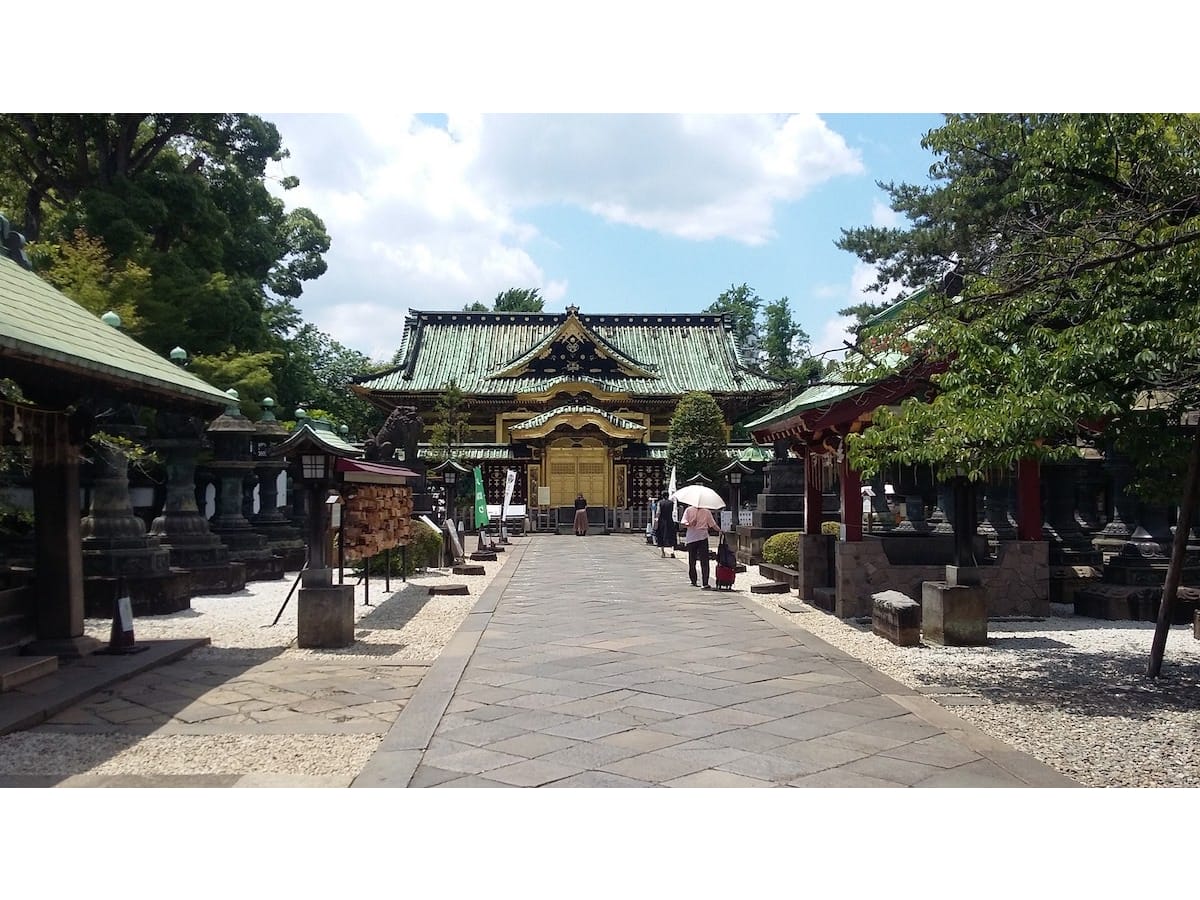- Tags:
- Shinto shrine / Tōshō-gū
Related Article
-

Mysterious Objects in Shinto Shrine Are Not Entirely From This World
-

Visit Ōmi Shrine And Dress Up Like a Heian Court Lady When You Stay At Hotel Near Beautiful Lake Biwa
-

Fish Comes To Visit Japanese Diver Friend At Underwater Shrine For 30 Years
-

Japanese photographer captures mystical shrines covered in snow
-

Make or Break Bonds at the Fate Stone in Gion
-

Kasuga Taisha Shrine lights 1,000 lanterns, prays for fulfillment of wishes and end of pandemic



Tokyo is one of the world's most phoenix-like cities. Whether shaken to the ground by earthquakes, reduced to ashes by fire or bombed to smithereens by Allied warplanes, it has risen again every time. As a result, there aren't many old buildings in the Japanese capital, which makes its surviving Buddhist temples and Shinto shrines all the more precious.
Among Tokyo's most venerable shrines, few are as old as Ueno Tōshō-gū (上野東照宮). The main structure was built in 1627 and is dedicated to the memory of Tokugawa Ieyasu (1542-1616), the man who unified the feudal domains of Japan and founded the Tokugawa Shogunate.
The Tokugawa family effectively ruled Japan from the Battle of Sekigahara in 1600 until the Meiji Restoration in 1868. The 265 years of their rule are known as the Edo period.
Photo by George Lloyd
Ueno Tōshō-gū was rebuilt in 1651 by the third Tokugawa shogun, Ieyasu's grandson, Tokugawa Iemitsu. Despite major earthquakes and wars, it has remained intact and been designated an important cultural property of Japan. It underwent a thorough restoration in 2008, which restored the fabulous colours of the original shrine: black, gold, vermillion, and blue.
Shrine visitors write their prayers on these boards. | Photo by George Lloyd
Though a visit to the shrine itself is free of charge, there is a fee to enter the inner precinct of the shrine. Even paying visitors are not allowed into the shrine's honden (本殿, main hall), but the exterior is well worth the price of admission. Like the other gorgeous buildings in the inner precinct, it is trimmed with gold leaf and decorated with more than 200 wonderfully intricate carvings of plants and animals.
Even if you're just wandering in Ueno Park, and don't want to pay to go in, you can still marvel at the main gate. The Karamon (唐門 Chinese gate) is elaborately decorated with gold foil, and carvings of birds and flowers. On either side of the gate is a curved dragon. Known as Ascending Dragon and Descending Dragon, they are said to go to nearby Shinobazu Pond at night to drink.
Photo by George Lloyd
Non-paying visitors can also marvel at the 48 stone and copper lanterns on the approach to the main gate of the shrine. These were offerings from Japan's feudal lords in the Edo period, made when the main hall was rebuilt in 1651.
You'll find Ueno Tōshō-gū in the north-western corner of Ueno Park, not far from Ueno Zoo and just up the slope from Shinobazu Pond. The large stone torii (鳥居 Shinto shrine archway) and a couple of signs will help you find the way.
Admission to the inner precinct costs 500 JPY for those over the age of 13, and 200 JPY for children. Between January 1st and mid-February, and again from mid-April to mid-May, you can buy a ticket that permits entry to both the inner precinct and the shrine's peony garden for 1,100 JPY.
For more details, see the English language page of the Ueno Tōshō-gū website.